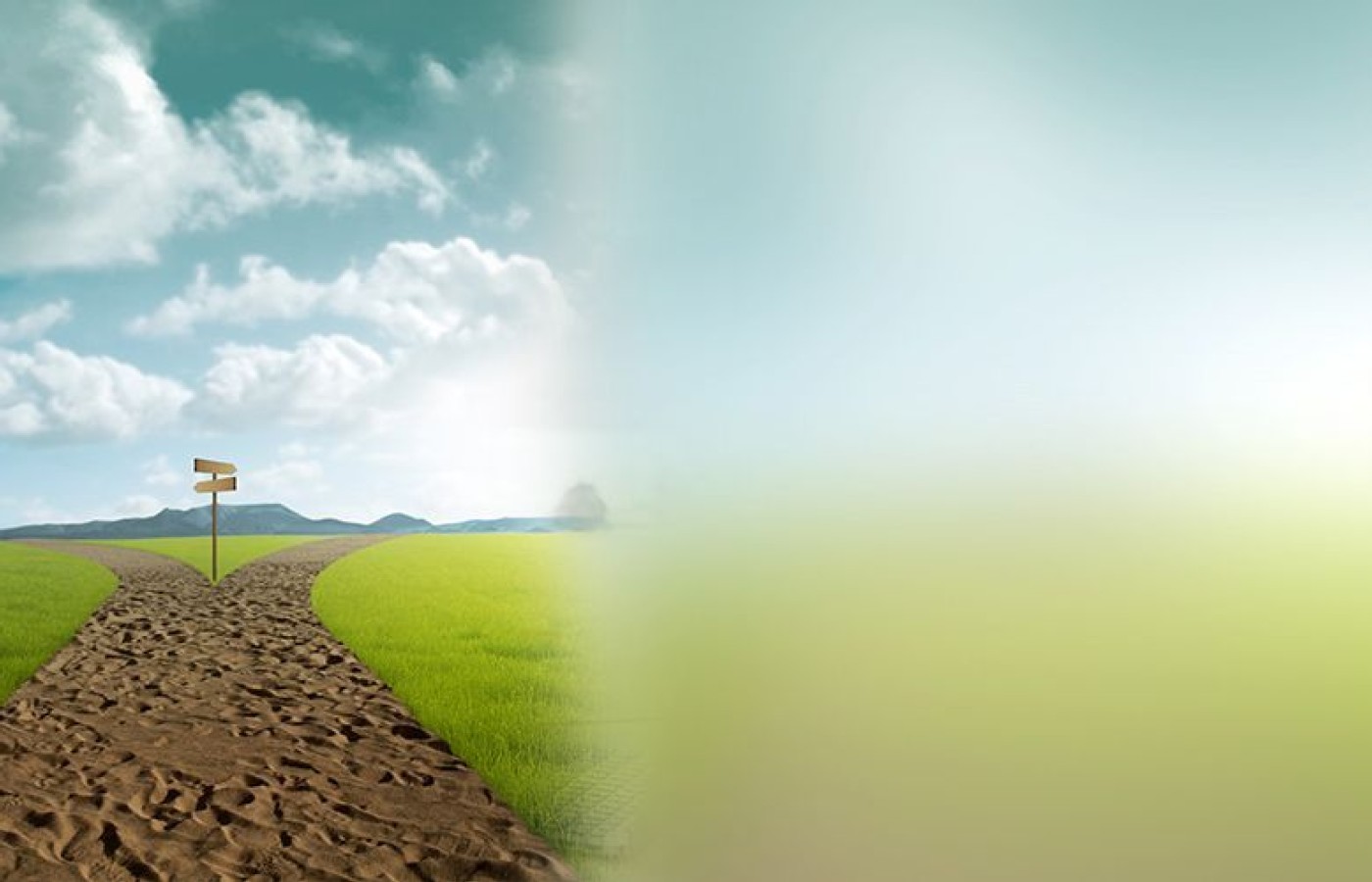Whether you accept it, avoid it or live somewhere in between, insurance coverage has become a defining issue for our profession. Patients increasingly expect to use their benefits, practitioners want to be compensated fairly for their time and expertise, and the system itself remains – at best – fragmented. The encouraging news is that coverage has expanded in meaningful ways. The challenging news is that reimbursement, across the board, remains inadequate.
Now Is the Time
Now is the time for collaboration. Now is the time for building unity. Now is the time for coming together. Now is the time for a collection of strength as one. And perhaps most importantly, now is the time to look beyond the walls of your practice at the big picture.
What makes now different than at any time in the past? Simple: Traditional medicine is at a crossroads in many aspects and phases. We are increasingly recognized by the government, insurance, the public and health care in general ... but not nearly at the level of inclusion and acceptance we want or deserve. In fact, our own actions – or lack of action – could determine our future.
Medicare Believes in Us ... Well, Sort Of
Medicare has recognized traditional medicine/acupuncture. It is conducting a study of acupuncture for low back pain in seniors. The medicine itself is proving to be an effective treatment. However, while licensed acupuncturists are giving the treatments, they require medical doctor supervision.

Why supervision? The answer revolves around the fact that acupuncturists, even though state-licensed and nationally certified, are not listed in the Social Security Act as a profession that can be paid from Medicare funds. (Read "Recognizing Acupuncturists in Medicare: A Strategy for Success" in the November 2020 issue to learn more.) Now is the time for the acupuncture profession to step forward and take its place in Medicare.
Other Health Professions Respect Us ... Sort Of
Despite increasing collaboration among health care professionals, including referral relationships between acupuncturists and other providers, acupuncturists working alongside other health care professionals in shared offices, etc., tension is bubbling right below the surface. Several professions pose a threat to traditional medicine by wanting to use acupuncture in treating Medicare and other patients. The threats are real; they are well-organized, well-funded and well-equipped to be able to position themselves in the Medicare system in our place.
Are We Our Own Problem?
Traditional medicine has existed for thousands of years. It has been practiced down through the centuries. Many times the medicine has gone into hiding, disappearing underground; and has continued to keep well-guarded secrets.
Now is the time for traditional medicine to stand up come forth for the good of humanity. There can be no more "I'm better than you," "My technique is superior to yours " or "This is my secret that has been passed down – but that I won't share with my colleagues." The acupuncture profession is small compared to medicine, nursing, etc. This is not just true in the U.S., but globally. In other words, we cannot afford to remain divided, isolated, secretive and silent.
Whether you are a licensed and nationally certified traditional medicine provider or a student, you must answer one question for yourself: Am I willing to collaborate with others or do I want to hold onto my own views and opinions ... no matter how outdated they may be?
There are many in our profession who say they want the public to know about traditional medicine, but don't seem willing to share it with each other, professional to professional, much less the public.
It's not just individual acupuncturists who can do better. What about state representation? Does your state have a strong association? Does the state association belong to the ASA? Do the state associations share with each other professionally ... or are we continuing to live in the past, holding tight to beliefs and opinions?
Are You Willing to Change?
The WHO has stated that our world is being run by technology. Whether you practice Eastern medicine or Western medicine. there will be a need to modify or outright change how you practice in order for our medicine to survive the 21st century and beyond.
That may sound strange, since it survived for centuries without technology, but the writing is on the wall in health care and almost every aspect of life. Technology is here to stay and for the most part, people (in this case, patients) want it.
With that said, are you willing to change ... or are you tied to your old beliefs and ways of doing things? Will you ignore electronic health records, insurance billing, automated appointment reminders, an interactive practice website, and other "must haves" - until you're left behind?
Now Is the Time
Working over the past 17 years with the WHO, I have learned how valuable this medicine is worldwide. It is time for it to take its place in health care. The WHO is looking carefully at non-pharmacological treatments for COVID, including various forms of complementary medicine. The new diagnostic codes (see my column in the January 2021 issue for more information) will give a foundation to the medicine to help gain respect and acceptance.
The COVID-19 pandemic, while horrific on many levels, has also opened a window into our medicine's acceptance. With immune support trending at an all-time high, more people – many of whom might never have set foot in your clinic – are researching acupuncture and searching for acupuncturists on the web. And it's not just immune support to reduce COVID risk; even with vaccination rates climbing, the pandemic has left the world with residual health issues – from long-haul symptoms to chronic fatigue; from insomnia to anxiety and/or depression – that require your help.
Now is the time to invest in yourself and your medicine. This investment will have to be physical, emotional and financial. It starts with more communication to patients and potential patients: explaining the value of what you do. Now is the time to step up, step out and speak out. Now is the time.



